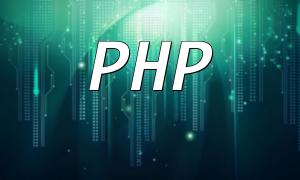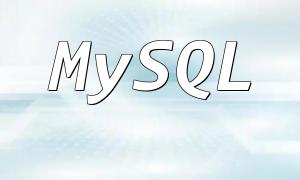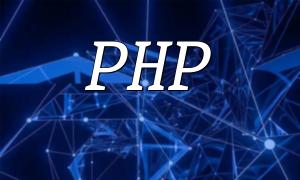With the continuous development of artificial intelligence, image recognition has become an important tool to enhance the intelligence of applications. For developers, using PHP to control a camera and integrate image recognition opens up new possibilities. This article will guide you on how to control a camera using PHP and combine image recognition technology to support various smart applications.
In PHP, you can use extensions like OpenCV and FFmpeg to control the camera. These libraries allow developers to easily open and close the camera, and perform image processing. Below is an example of PHP code using the OpenCV extension to open and close a camera:
<?php
$camera = cvcvCreateCameraCapture(0); // Open the camera, 0 means the default camera
if (!$camera) {
die('Could not open the camera');
}
// Image processing and recognition code
// ...
unset($camera); // Close the camera
?>Before using these libraries, make sure to correctly install and configure them. Different libraries have different configuration methods, so refer to the relevant documentation for setup.
Once the camera is successfully opened, you can process and recognize the images captured by it. Below is an example using the Tesseract OCR library to recognize text:
<?php
$text = tessocr('/path/to/image.jpg'); // Use Tesseract OCR to recognize text in the image
echo $text;
?>In this example, Tesseract OCR is used to recognize text in the image. Depending on your needs, you can also choose other image recognition libraries, such as Google Cloud Vision API or Microsoft Azure Computer Vision.
By combining PHP camera control and image recognition technology, these features can be applied in many different fields. Here are some practical application scenarios:
This article has introduced how to use PHP to operate a camera and integrate image recognition technology to enhance application intelligence. Whether it's security monitoring, object recognition, or facial recognition login, these features can greatly improve user experience and application intelligence. As artificial intelligence continues to evolve, the application prospects of camera control and image recognition in various industries will become even broader.









